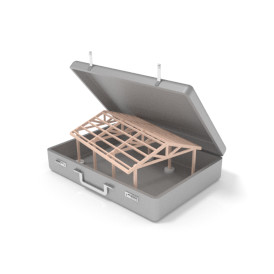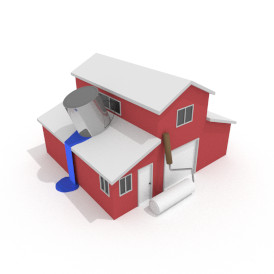Today’s Pole Barn Guru answers questions regarding Use Categories, water leaks, and matching a house due to HOA rules.
DEAR POLE BARN GURU: Hi! I am trying to turn my existing barn into a wedding venue. Why am I being classified as A-2 instead of A-3? Our special use permit says we cannot exceed 300 guests and we have less than 12,000 sq. ft. Additionally, we are not serving food or alcohol- the guests must provide their own- ergo we should not be considered a “banquet hall” under A-2… Correct? ALYSSA in ARLINGTON
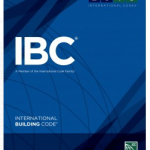 DEAR ALYSSA: In an ideal world you would have just asked your Planning Department why. In researching your question, I believe your Planning Department is correct – even though YOU are not serving food or alcohol, guests may bring their own. This makes it an “eating establishment”.
DEAR ALYSSA: In an ideal world you would have just asked your Planning Department why. In researching your question, I believe your Planning Department is correct – even though YOU are not serving food or alcohol, guests may bring their own. This makes it an “eating establishment”.
A-3 is a group for worship, recreation and amusement uses. It is also a catch-all for other uses not specifically called out. These uses include galleries, religious worship spaces, courtrooms, sports spaces without seating, lecture halls, libraries, museums, pool halls, bowling alleys, transportation waiting areas and funeral parlors.
DEAR POLE BARN GURU: After years our barn is leaking at the bottom during very heavy rains. We have gutters on the sides but it appears to be coming in thru the wood at the bottom below the metal siding. Maybe from hydrostatic pressure any suggestions? CAROL in CLARKSVILLE
DEAR CAROL: Get rid of the water.
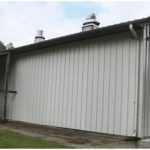 I realize this sounds simplistic, but it is what needs to be done. Building Codes require sites to slope away from buildings by at least 5%. This would be six inches of drop in 10 feet. If you do not have this type of slope away from pressure preservative treated splash plank at building base, you need to start digging.
I realize this sounds simplistic, but it is what needs to be done. Building Codes require sites to slope away from buildings by at least 5%. This would be six inches of drop in 10 feet. If you do not have this type of slope away from pressure preservative treated splash plank at building base, you need to start digging.
Gutter downspouts should not just put water out on top of your ground. This water should be directed into downspout drain lines – moving away from your barn.
Once you have done both of these steps, your “leaking” issues should go away.
DEAR POLE BARN GURU: I live in a neighborhood with an HOA. I can build any kind of building I want, but it must match my house, i.e. Brick or Vinyl Siding (house has both) and a shingled roof. Can a pole building be built with these features instead of metal and will it be just as good? DAVID in GREENSBORO
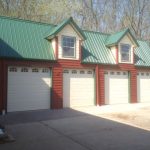 DEAR DAVID: A beauty of post-frame (pole) building design and construction is you can side and roof them with any materials you can imagine! Not only will it be every bit as good, it will also be more affordable.
DEAR DAVID: A beauty of post-frame (pole) building design and construction is you can side and roof them with any materials you can imagine! Not only will it be every bit as good, it will also be more affordable.
You can read about a HOA horror story here: https://www.hansenpolebuildings.com/2016/05/not-mess-hoas/
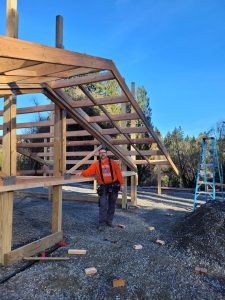 In flood plains, consult first with your building department to determine their requirements. Typical recommendation is to establish grade level at finished floor top higher than flood level. This may require importing fill to raise grade. A surveyor can be hired to expertly determine these heights. In some cases, vents may be installed, below flood level, to equalize interior and exterior pressures,
In flood plains, consult first with your building department to determine their requirements. Typical recommendation is to establish grade level at finished floor top higher than flood level. This may require importing fill to raise grade. A surveyor can be hired to expertly determine these heights. In some cases, vents may be installed, below flood level, to equalize interior and exterior pressures,